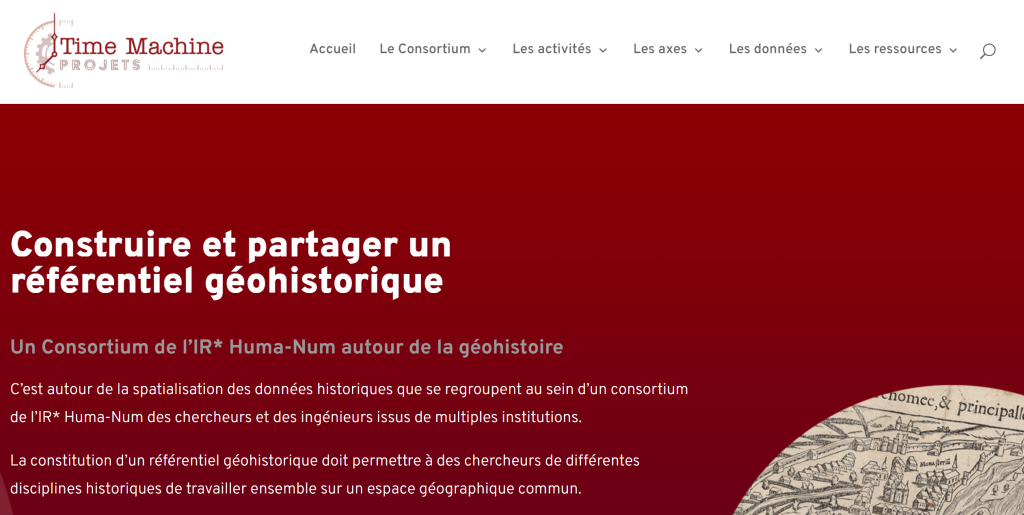Amado Online, the tool is available at this address1, allows the visualization of cross-tabulations (contingency tables) according to the principles developed by Jacques Bertin in Graphic Semiology. It is a powerful tool for exploratory visual analysis that allows to highlight the intelligible structure of phenomena represented by numerical data. Its documentation is available here.
The processing of the data starts with importing them either by a simple copy/paste or by opening a CSV file. The data is imported in absolute values, without the marginal totals.
As soon as the data is imported, Amado displays it as a histogram. The user can then set up rows and columns to obtain the type of representation that suits him best. For the rows, there is a choice between a common scale or a scale of one’s own. The width of the columns can also be proportional or not. You can choose to work with percentages or with absolute numbers. The graph highlights the cells in the table that carry the most information by showing over- and under-representations (deviations from the mean).
Rows and columns can be swapped by visual proximity. In the case of historical series (columns), permutation can have an experimental dimension, but in most cases it is not used because this type of treatment does not respect chronology.
Once the user is satisfied with the result, the readability can be enhanced by inserting separators to highlight the transition from one situation to another. The graph can then be exported in vectorised format and opened in a drawing program where the graph can be enriched for publication.
In the following short video, we have taken the example of a chart where the Jews deported from France are counted by town of birth and by the convoys that transported them to the death camps 2 , in chronological order. The video shows the different stages in the creation of the graph. The file is imported where the columns correspond to the numbers of the convoys and the rows to the emblematic cities of birth. As the numbers corresponding to these cities are very unequal (there are more than 10,000 deportees born in Paris and 350 born in Antwerp or Amsterdam), we choose not a common scale for all the lines but a scale specific to each of them. For each column (each convoy), a constant value is chosen which is not proportional to the number of deportees. For each line, the positive deviations from the average are tinted (mode 4 in the process menu). When observing the different convoys, separators are inserted to underline the passage from one configuration to another.
The first 16 convoys – with the exception of convoy 8, which did not leave from Drancy – are characterised by the over-representation of Warsaw natives, emblematic of Polish cities. The next three convoys, in which natives of Berlin, Frankfurt and Vienna were over-represented, were convoys that left from camps in the non-occupied zone where Jews had been interned and deported to Vichy by the Reich in autumn 1940. The next six convoys correspond to the convoys that took to Auschwitz those rounded up at the Vel d’Hiv, where the natives of Paris, often children, were the most numerous…
Dans cet exemple, Amado on Line a permis de caractériser de façon très simple et très lisible la nature des convois successifs et ainsi la politique suivie par l’occupant et le gouvernement de Vichy.
1 Developed by Khang Pham Nguyen
2 See Jean-Luc Pinol, Convois, La déportation des Juifs de France, Paris, Editions du Détour, 2019. The graph can be found on p. 46.

